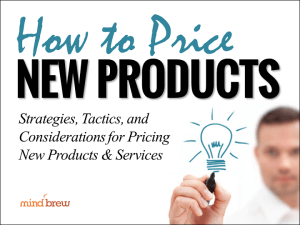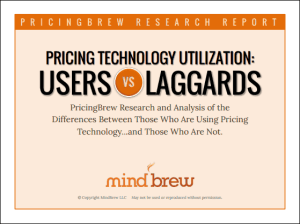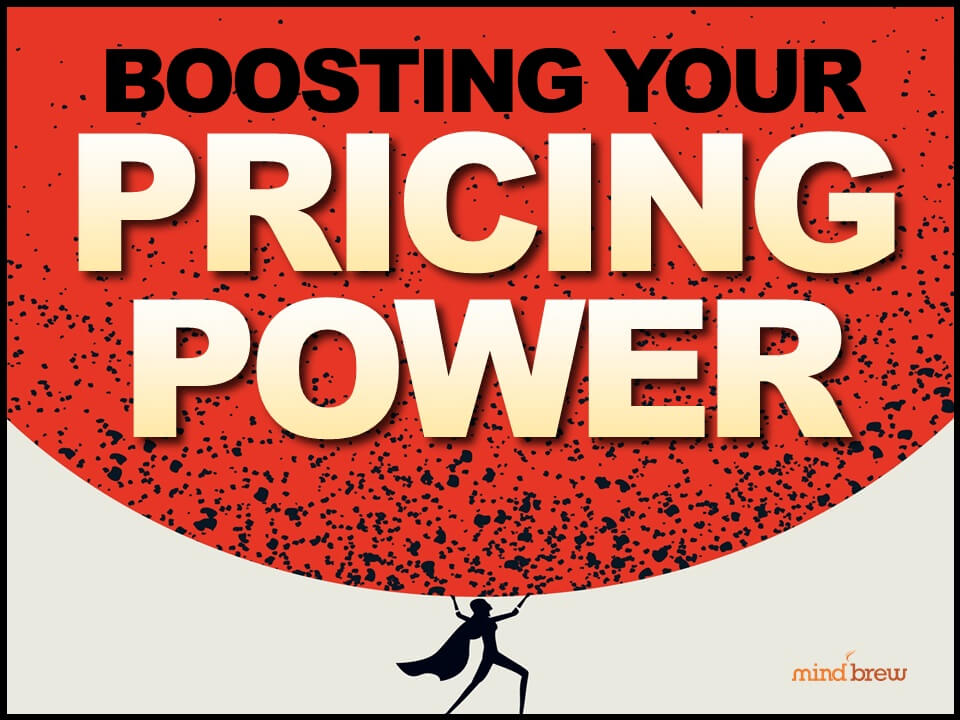In the online training session, How to Price New Products, we discussed strategies and considerations around three types of new products that most pricing teams will have to handle at some point. Specifically, we discussed:
- Incremental Improvements—The pricing of “new and improved” versions or revisions of existing products or services.
- Purpose-Priced Products—Introducing products that are specifically-designed to fill a strategic pricing need in the portfolio.
- New from the Ground Up—Pricing products that are entirely new to the company and potentially innovative in the market.
We spent quite a bit of time discussing the “New from the Ground Up”-type of product. But not in the ways you might expect. You see, we’ve found that very often, pricing teams find themselves having to clean up others’ messes.
In reality, while the product team might invest 18-24 months in actually developing a new product, the pricing team may not be involved until 45-60 days before introduction.
Sometimes the product will be thrown “over the cube wall” along with some basic pricing levels and discounting schedules, developed with very little knowledge of pricing. In other cases, little or no consideration has been given to pricing in the development phase, and the pricing plan must be built from scratch at the last minute.
But in either case, the pricing team often finds themselves in the position of having to quickly figure out what’s missing, what needs to be improved or refined, what needs to be developed out of whole cloth, and so on. They don’t have the luxury of doing everything “right” from the very beginning. They have to work with what they have, diagnose the problems and gaps, and make the best of a bad situation.
Because if they don’t, the product introduction may not generate the financial performance everyone is expecting. And as we all know, pricing is the easiest thing to blame when the expected results don’t materialize in the marketplace.
In short, until the necessary changes in mindsets and processes are affected upstream, pricing teams have little choice but to equip themselves with the knowledge and tools to deal with the situation as it presents itself and play “the fixer.”
No, it’s not ideal or “best practice.” And yes, it’s extremely frustrating and inefficient.
But more often than not, it’s reality…so we have to deal with it.












